Now that you know all you can do in the North of Gran Canaria, it’s time to travel to the south coast of the island and get familiar with the natural landscapes, popular beaches, and the best food around.
Before you start packing, here’s a tip: pack a pair of mountain boots with your swim shorts — you’re likely to wear them both at the same time.
Weather in the South of Gran Canaria and the Best Time to Visit
In the south, temperatures hover between 20ºC and 30ºC and there are over 320 days of sunshine per year.
The best time to visit is from May to mid-October. To check the weather during your trip go to www.accuweather.com/Gran-Canaria-South
There’s a significant weather difference between the north and the south of Gran Canaria. There’s like an invisible wall preventing rain clouds from going south and ruining tourists’ tans.
Public Transport from the North to the South of the Island
If you’re planning to move around the island without a car, there’s no problem! Gran Canaria has a great public transport system.
Buses are on time, cheap, and the next best option to travel across the island.
Here’s an example:
A bus trip from Las Palmas (north) to Playa del Ingles (south) costs: €6.25
Duration: 45 minutes
Routes and schedules are available in www.globalsu.net
What to do in the South Coast of Gran Canaria
To help you navigate the island, all the places mentioned in this post are marked with bright yellow pins on the map below.
Faro de Maspalomas
Even though the Faro de Maspalomas is a landmark of the island, you don’t go there for the lighthouse itself — you go for its surroundings.
The area probably has the best walkway in Gran Canaria. The fresh air, the wonderful ocean view, and the fancy shops make it the ideal spot for a stroll. When the sun sets, the many bars and restaurants provide a pleasant evening out for dinner and drinks.
Puerto de Mógan
Puerto de Mogán is an idyllic little place by the sea where time seems to have stopped. Around here everything seems perfectly proportioned and perfectly placed. From the crescent-shaped beach to the busy little harbor.
And let’s not forget to mention the white houses built over the water canals, and the colored bougainvilleas that create natural shadows for people walking by.
Yumbo Shopping Centre
This alfresco shopping center near Playa del Ingles might look a tad generic during the day, but at night it turns into the inclusive gay mecca of Gran Canaria — don’t let the mosque at the entrance fool you.
From around 9 P.M, all cabaret bars, karaoke cafes, and nightclubs are targeted to the LGBTQIA+ crowd. However, the fun atmosphere and popularity of the drag shows, always attract a very mixed audience.
When Nuno and I visited Yumbo, all the bars were jam-packed. Not knowing what bar to pick, we decided on the one announcing a drag show. For the next 20 minutes, we got to watch 5 Spice Girls impersonators that filled our hearts with 90’s nostalgia.
Maspalomas Dunes
The Maspalomas Dunes are a nature reserve with 400 hectares and 3 ecosystems coexisting: a palm grove, a brackish water lagoon, and the dunes.
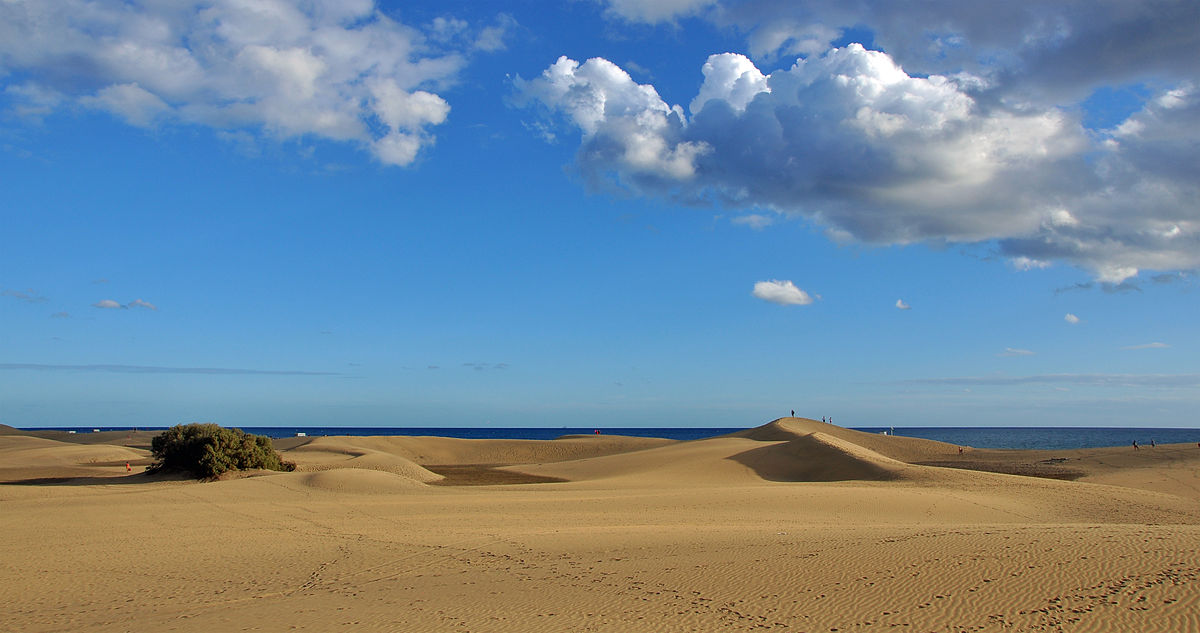
Photo by Marc Ryckaert.
Walking on the dunes was quite the experience. The desert-like proportions of the sandhills blocked all wind and sound, allowing us to submerge into complete silence and isolation even on one of the most visited coasts in Europe.
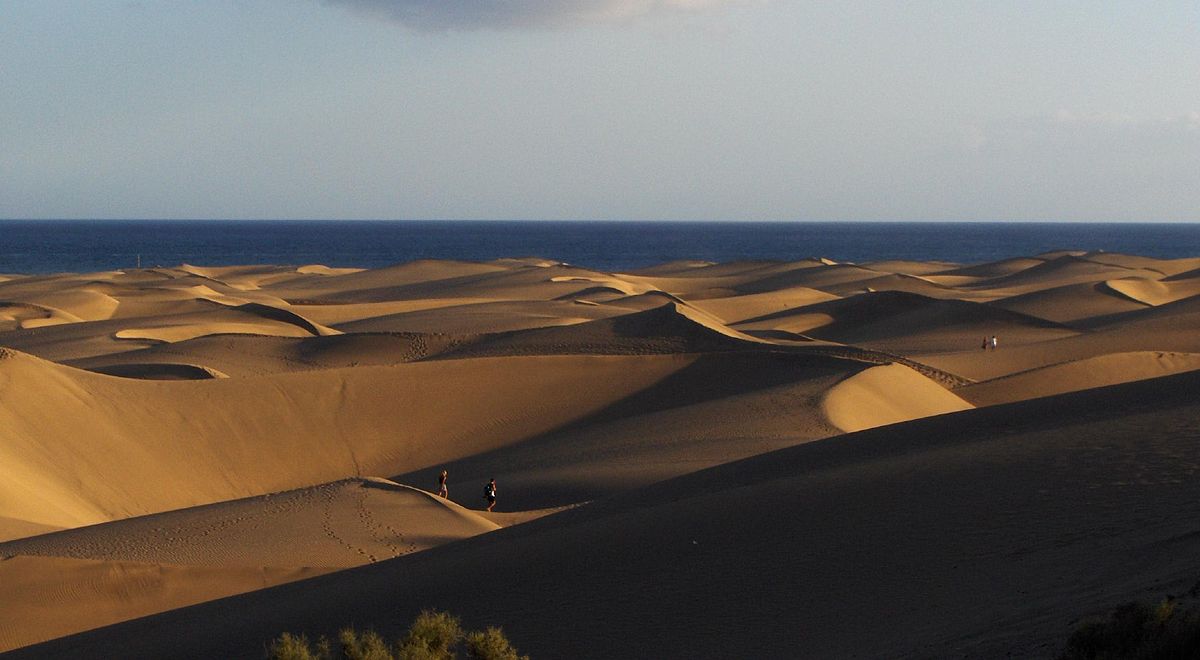
Photo by Himarerme.
But the silence didn’t last long. After a few minutes, a giant fart out of the ass of another tourist (probably also thinking he was alone) echoed through the dunes and ruined the moment.
…and to think that the dunes are the resting place for birds migrating to Africa. What kind of rest can a bird get under these conditions?
Popular Beaches in the South of Gran Canaria
Playa del Inglés
Even though Playa del Inglés is the most visited beach in Gran Canaria, it has enough space for everyone. The 2.7 km stretch of sand offers different beaches for different folks. There’s a beach for:
• Families,
• Surfers,
• Nudists,
• Loners,
• LGBTQIA+ crowds
But if laying on the sand all day isn’t for you, Playa del Inglés has plenty of sports activities like: windsurf, jet-ski, banana boat rides, and sail.
Prices for these activities start at €30 for one person.
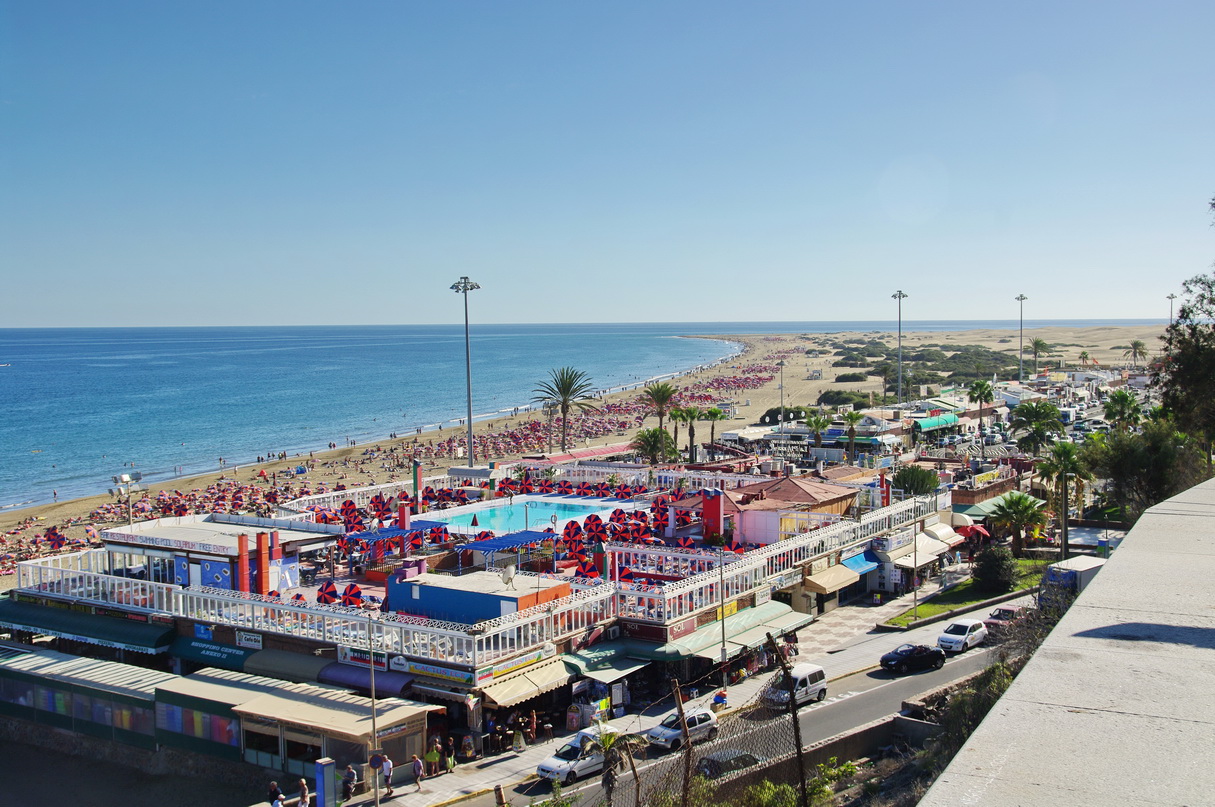
If that’s too much action, you can always go for a walk on the Maspalomas dunes to live your Prince of Persia fantasy. If you’re hard to please or feel like walking on sand is bad for your knees, go over to the Paseo Costa Canaria: a 2km promenade by the beach brimming with restaurants, ice cream shops, and cafes.
→ Public Showers and restrooms available
♿ Beach accessible to wheelchair users
Puerto Rico Beach
It’s the first artificial beach in Gran Canaria, popular among British and Irish families due to its calm waters and convenient amenities provided by the surrounding resorts such as:
• Sunbeds and sunshades
• Restaurants
• Leisure excursions
• Water sports activities (sailing, dolphin watching, jet skiing, etc)
→ Public Showers and restrooms available
Amadores Beach
Another man-made beach awarded with a blue flag for the cleanliness of its water and sand.
The white sands sit in a moon-shaped bay where the water is turquoise, shallow, and waves are pretty much nonexistent. That’s what makes Amadores a very popular beach among families with kids.
→ Smoke-free beach
♿ Disabled-friendly
→ Public Showers and restrooms available
→ Underground parking area
Underrated Beaches
San Agustín
A few kilometers from Playa del Inglés is San Agustín, considered to be a very calm beach with fewer tourists.
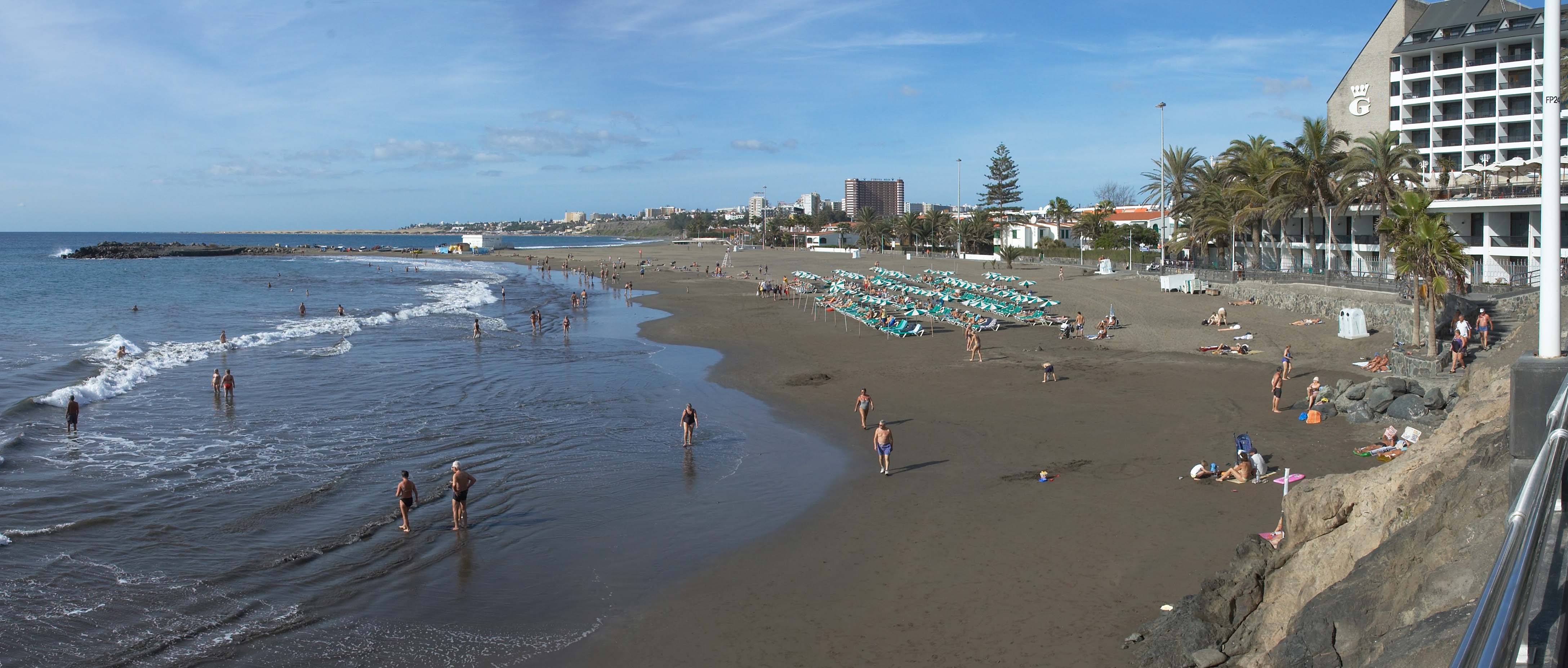
Photo by Wouter Hagens.
Locals usually come here on weekends, so take advantage of the weekdays if you prefer a bit more room to spread out.
It’s an urban beach with a coastal walkway that connects to Playa del Inglés — meaning you’ll find lots of places to eat and drink close by.
→ Public Showers and restrooms available
→ Free parking
But have in mind that this perfect little town can get crowded with tourists, particularly on Fridays and weekends. That is the beach gets crowded, the streets busy, and the restaurants full.
Getting to Puerto de Mogán by Public Bus
From Playa del Inglés to Puerto de Mogán, get on the Bus nº 1, nº 32 (fast route), or nº 33.
Trip cost: €4.15
Duration: 45 minutes
For more info on this trip, check: www.guaguasglobal.com/timetables
Las Burras
Maybe it’s the wind that can be felt around here that pushes tourists away, but Las Burras beach remains the most local of beaches in the south of Gran Canaria.
Nevertheless, fewer tourists don’t necessarily mean that the beach isn’t busy in months like July, August, and September.
Public buses to all the Beaches mentioned above
Buses nº 1, 39, 91, 33 can drop you right by any of the beaches. Depending on your starting point, the trip can cost up to €4.
Check the timetables on the ‘guaguas’ website.
What to eat
Food in Gran Canaria is always fresh and seasoned to perfection. We’re talking about the lovechild of Spanish, African, and Latin-American cuisines after all.
Meanwhile, here are some of our recommendations:
• Papas arrugadas con mojo
• Anything with gofio on it
• Bienmesabe
• Huevos rotos
• Plenty of mojo rojo or mojo verde
Typical Villages to visit in the South of Gran Canaria
Ingenio
A small agricultural village and one of the oldest on the island. Besides a visit to the old quarter, we suggest:
• The pre-hispanic necropolis on the Guayadeque Ravine
• Caldera de Los Marteles natural reserve
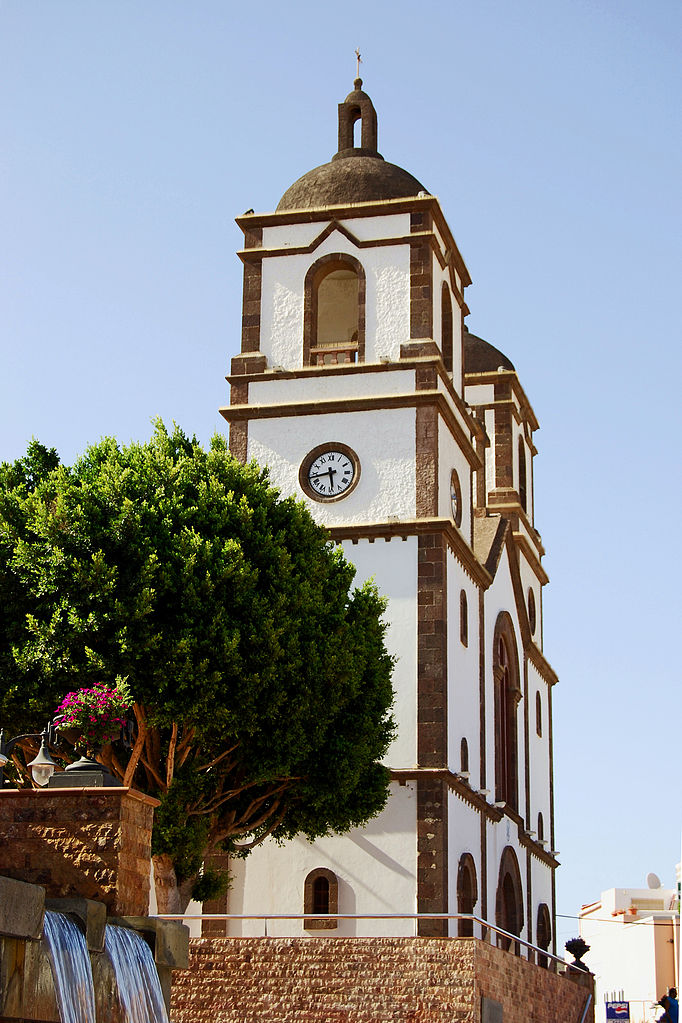
Photo by Backlit.
Agüimes
If you have time to spear on the island, to the east is the traditional hill town of Agüimes.
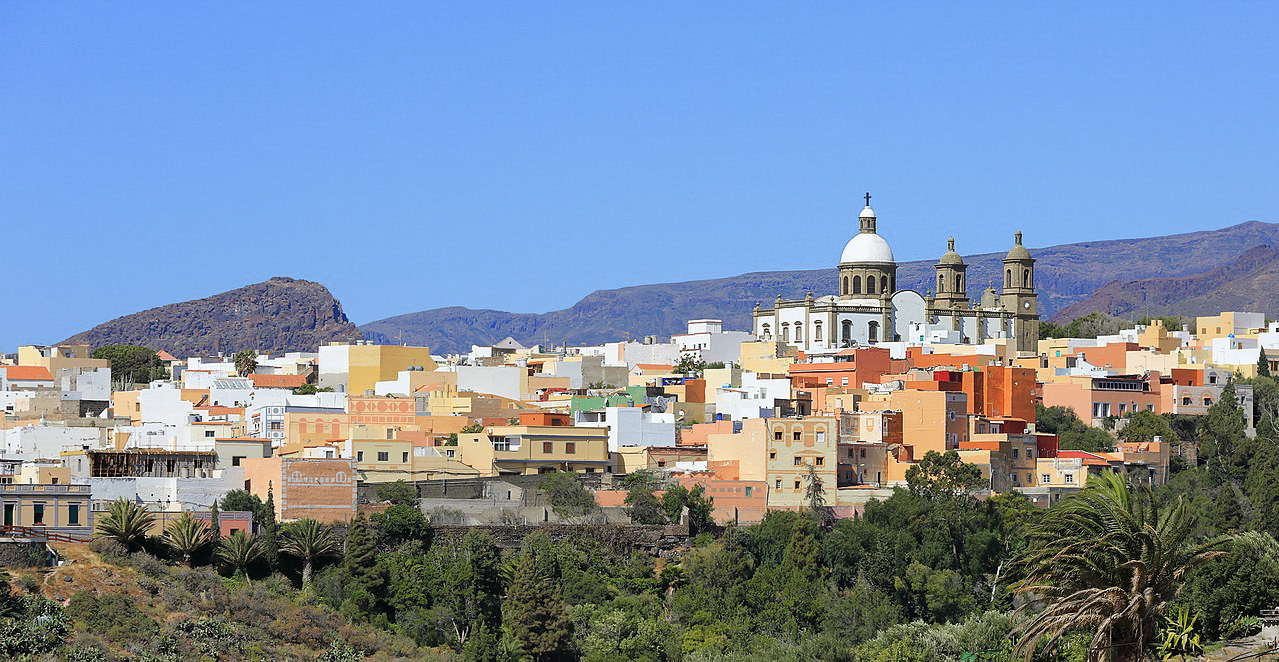
Photo by Martin Falbisoner.
Here in Agüimes, we recommend:
• A walk through the old quarter and medieval alleyways
• Festival de Sur, an international theater festival (September)
• Playa del Cabrón as it is one of the best diving spots on the island
Traveling to the North of the island?
Go to: The Complete Travel Guide to the North of Gran Canaria
Cover photo by Bertram Nudelbach.
RELATED POSTS
June 17, 2022
The ultimate travel guide to Aveiro
The city of Aveiro is a must-see destination located in the center north of Portugal. This beautiful coastal city that Nuno and I…


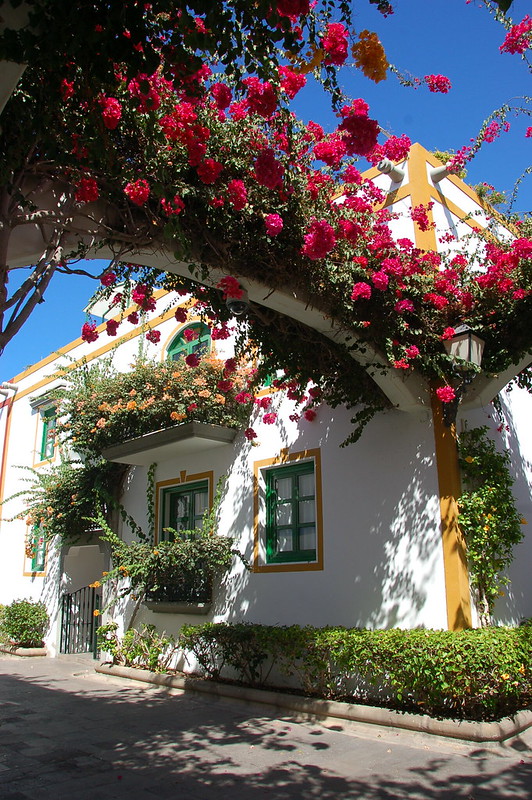

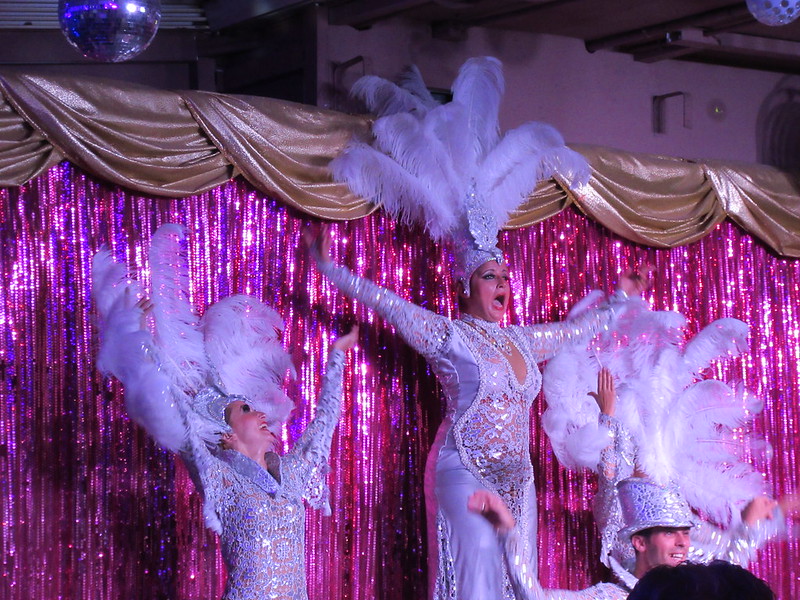


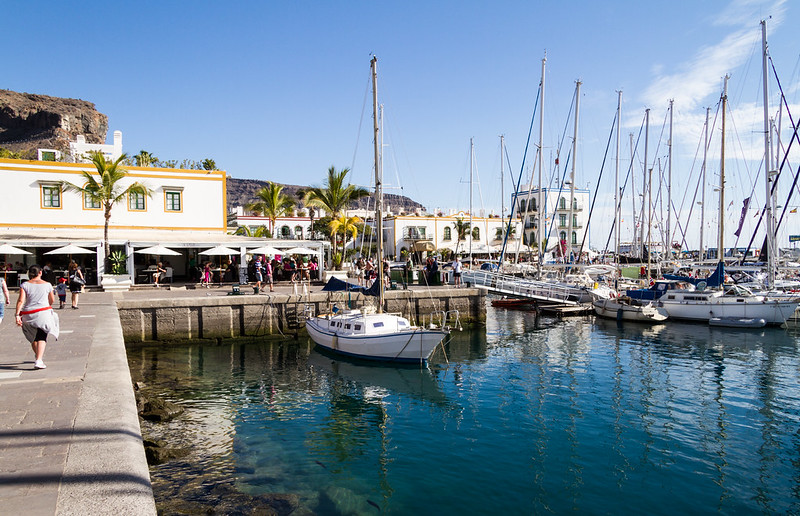

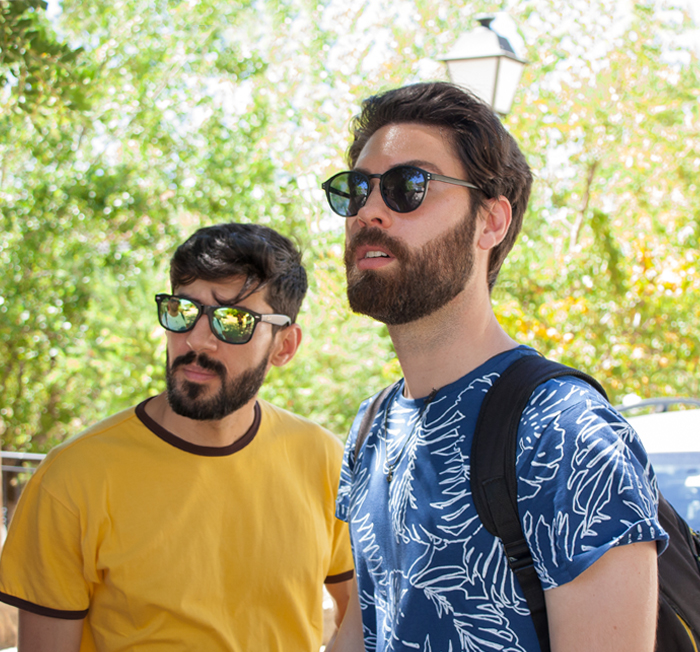

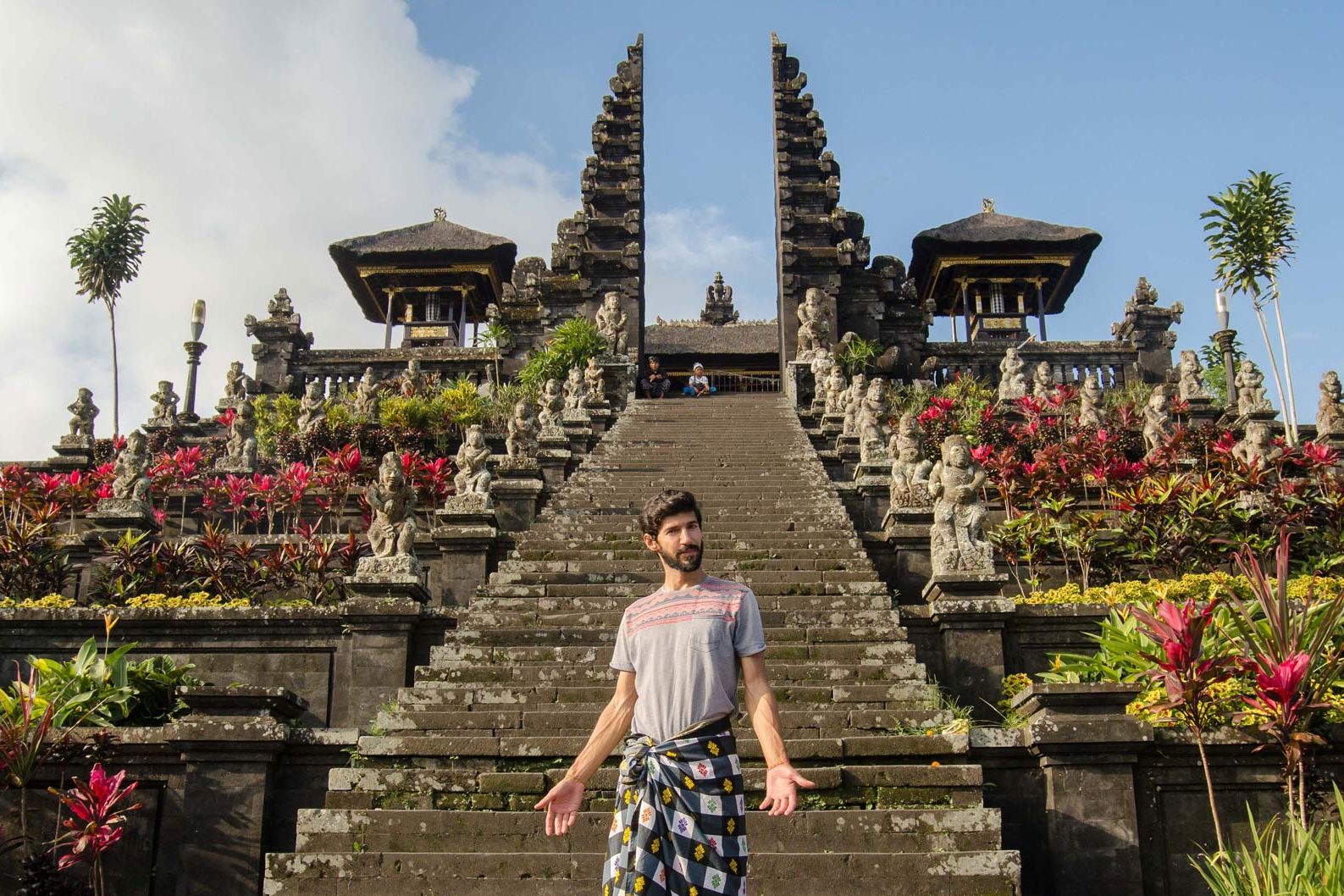
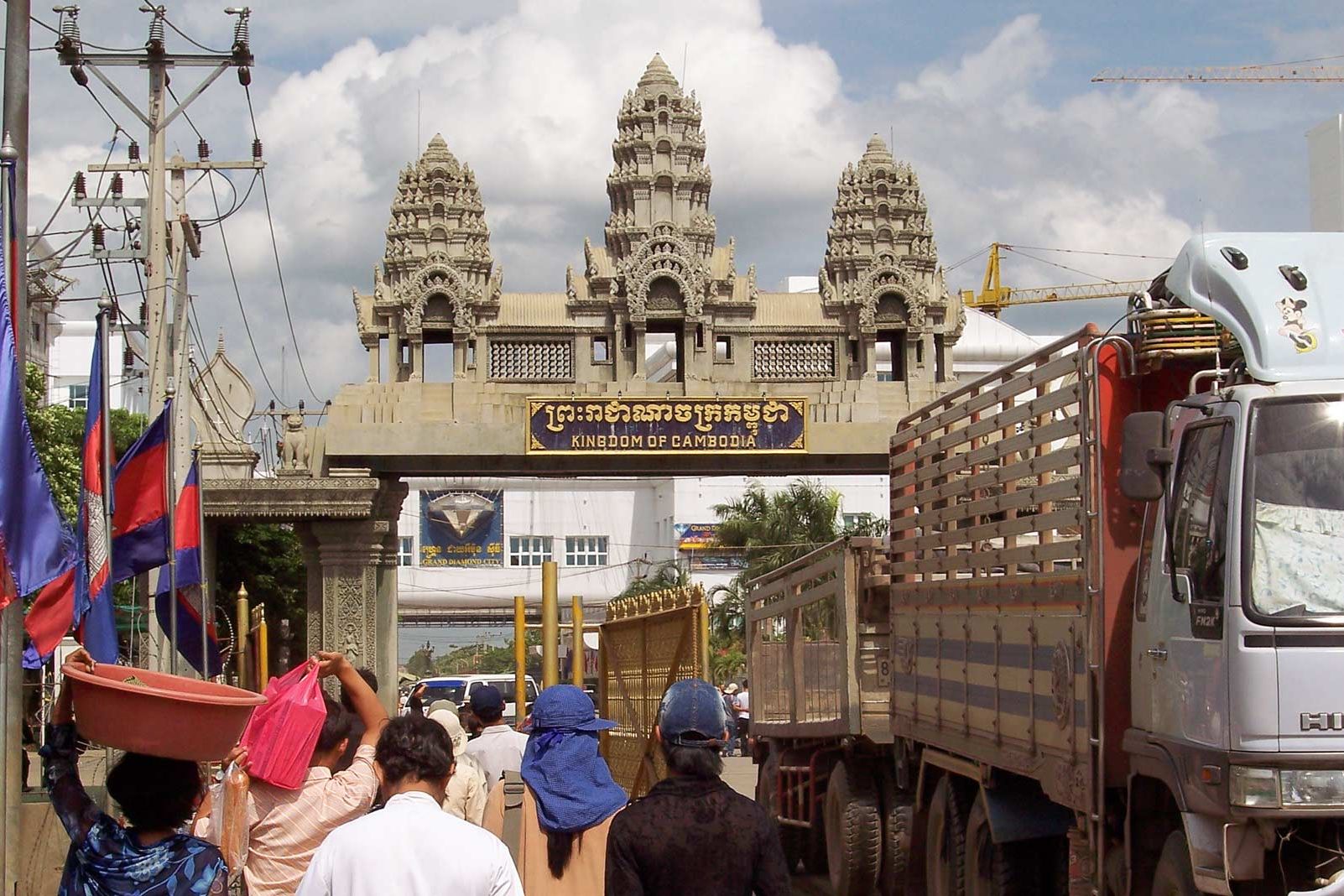
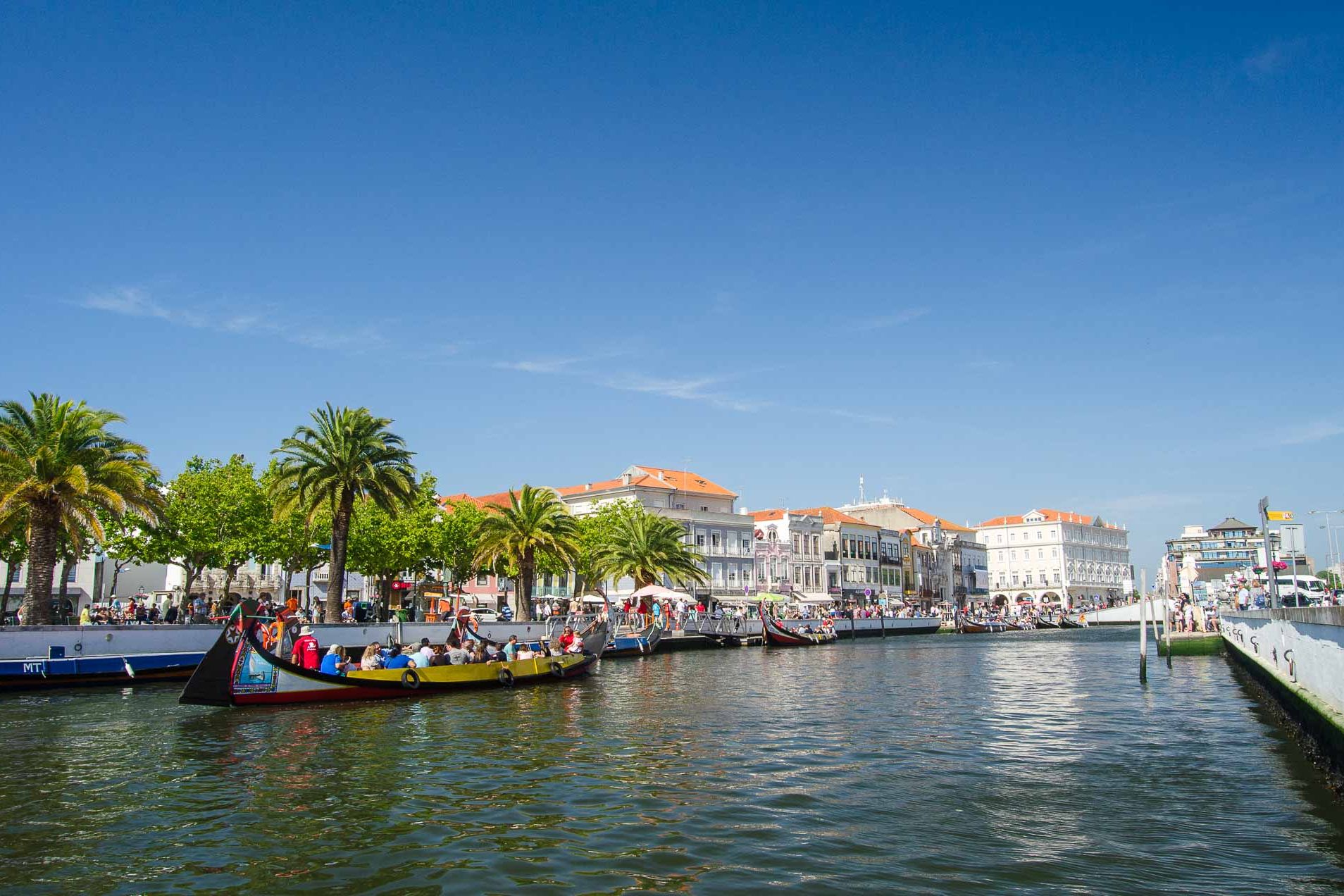
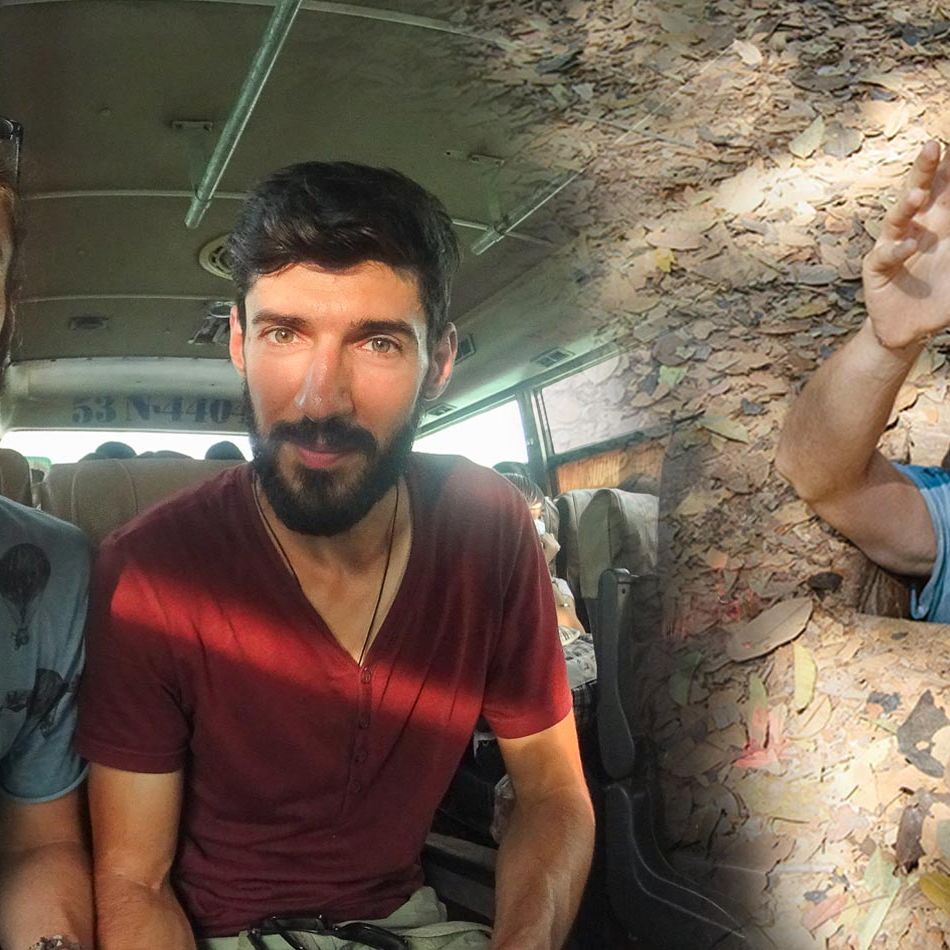
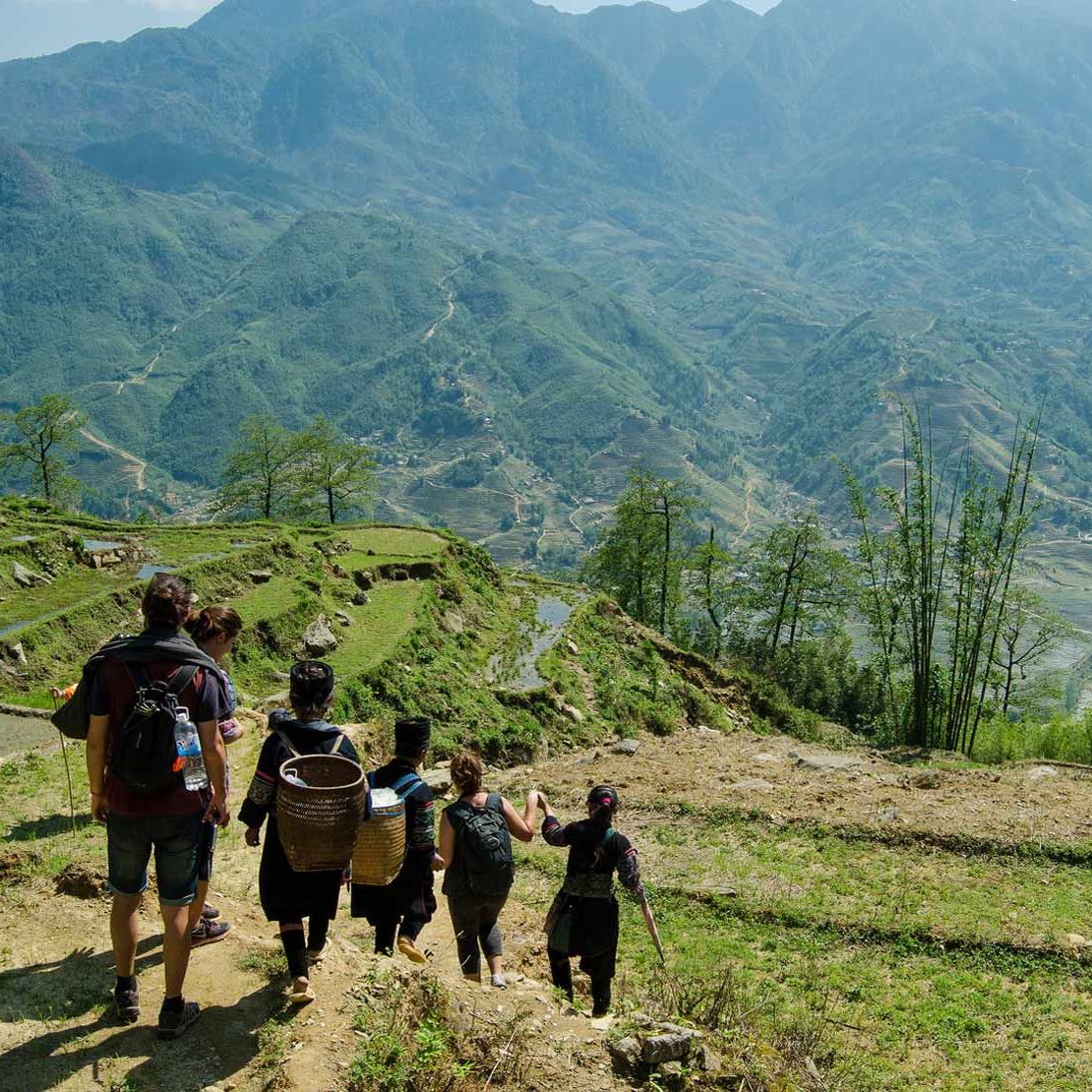
[…] you need more info about the South, I found this “Complete Travel Guide To The South of Gran Canaria” pretty cool to use as a reference, so it’s a good resource to […]